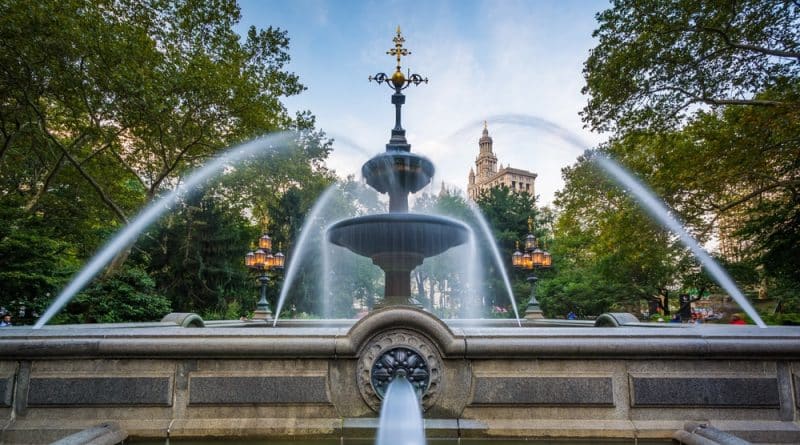
We continue our little trip through the parks and haphazardly winding streets of Lower Manhattan in search of the true architectural gems of the nineteenth century.
11/ The Building Of The E. V. Haughwout
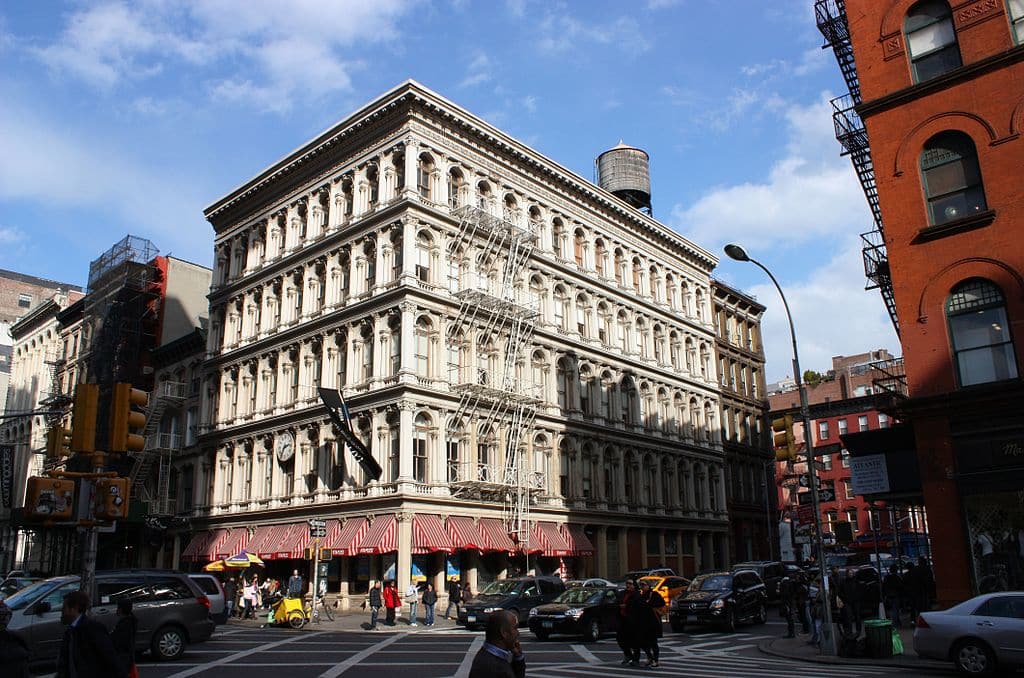 source: wikimedia.org
source: wikimedia.org
488 Broadway
The five-storey building in SOHO was built in 1857 by John Gaynor. It distinguishes itself with its cast-iron facade elements. Originally it housed a fashionable shopping center where they sold imported crockery, silver Cutlery, handpainted China and fine chandeliers. This building also had the world’s first successful passenger Elevator.
12/ The St. Nicholas
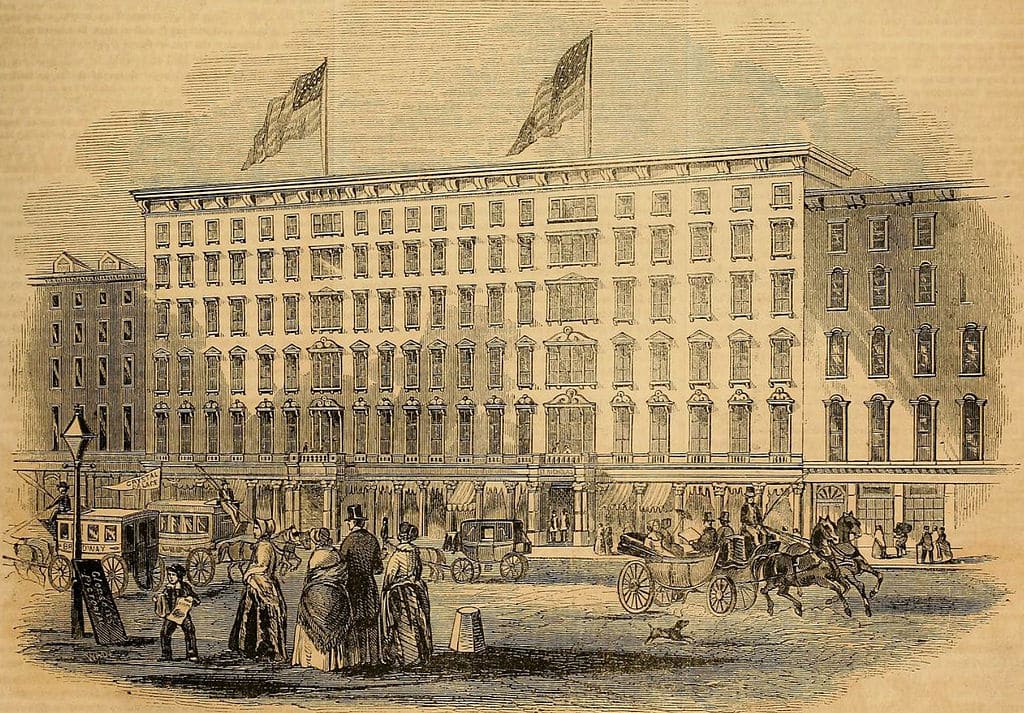 source: wikimedia
source: wikimedia
523 Broadway
This building on Broadway was once a luxury hotel St. Nicholas. The only remaining part of the building that had previously stretched to the streets of Broome Street, is currently home to The Puma stores and Lady Footlocker.
13/ Church Hayes Church
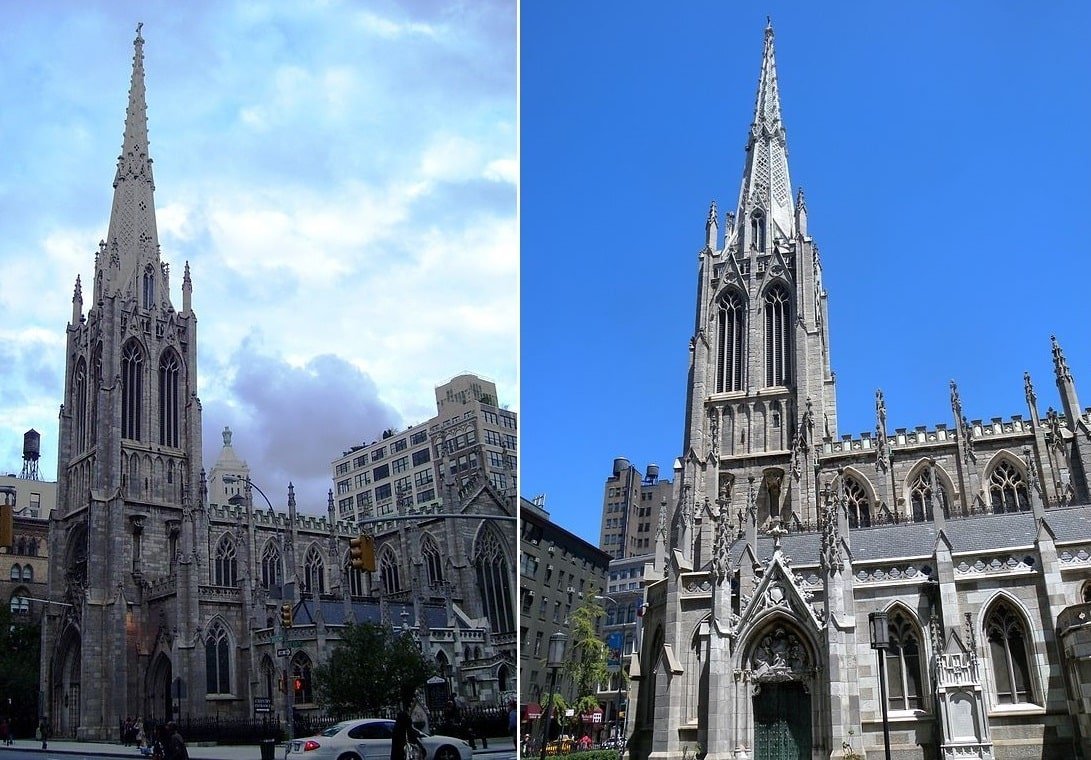 source: wikimedia
source: wikimedia
802 Broadway
This Church is called «one of the greatest treasures of the city.» A masterpiece of French Gothic revival was built by James Renwick Jr. Grace Church seeks national historic landmark and an official landmark of the city.
14/ Union Square Park
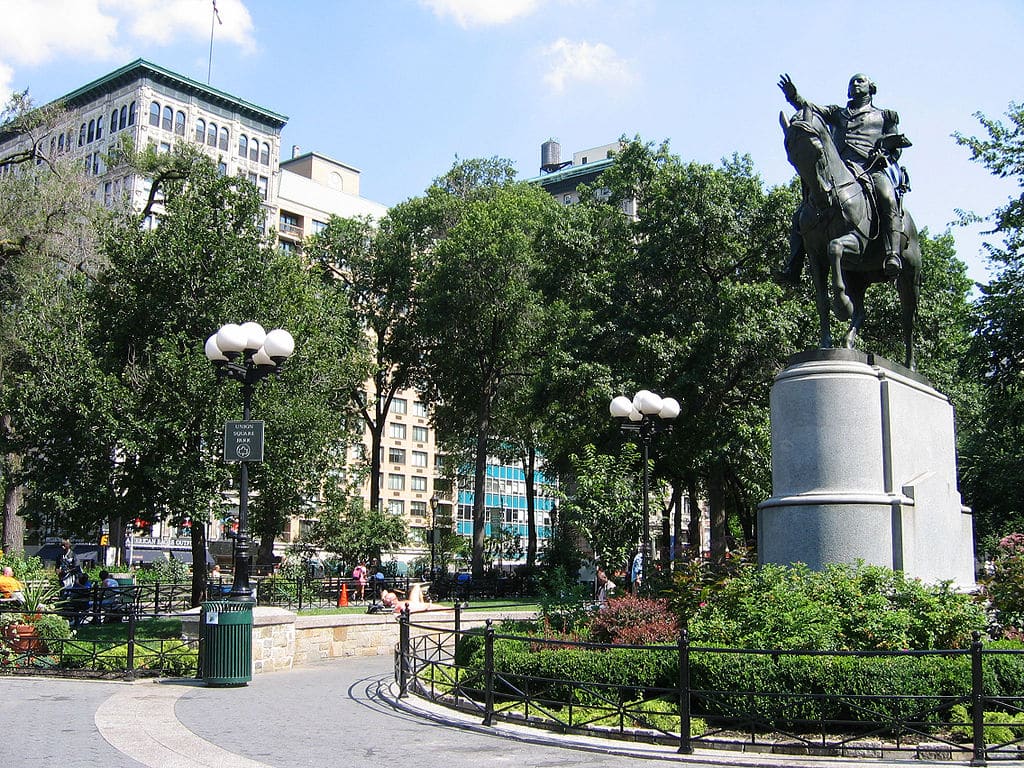 source: wikimedia
source: wikimedia
Between Broadway and Union Sq E
Union Square is one of the main squares of Manhattan, located at the beginning of the 1830s, Since the nineteenth century, the area known as the site of political demonstrations and protests. Much of the area is square, in which are monuments to Abraham Lincoln, Marquis de Lafayette and Mahatma Gandhi, and the old fountain, commissioned by the society of fighters for sobriety. The most impressive of monuments on Union Square is a bronze equestrian statue of George Washington. This is the first monument erected in new York after gaining US independence.
15/ the Monument to General worth
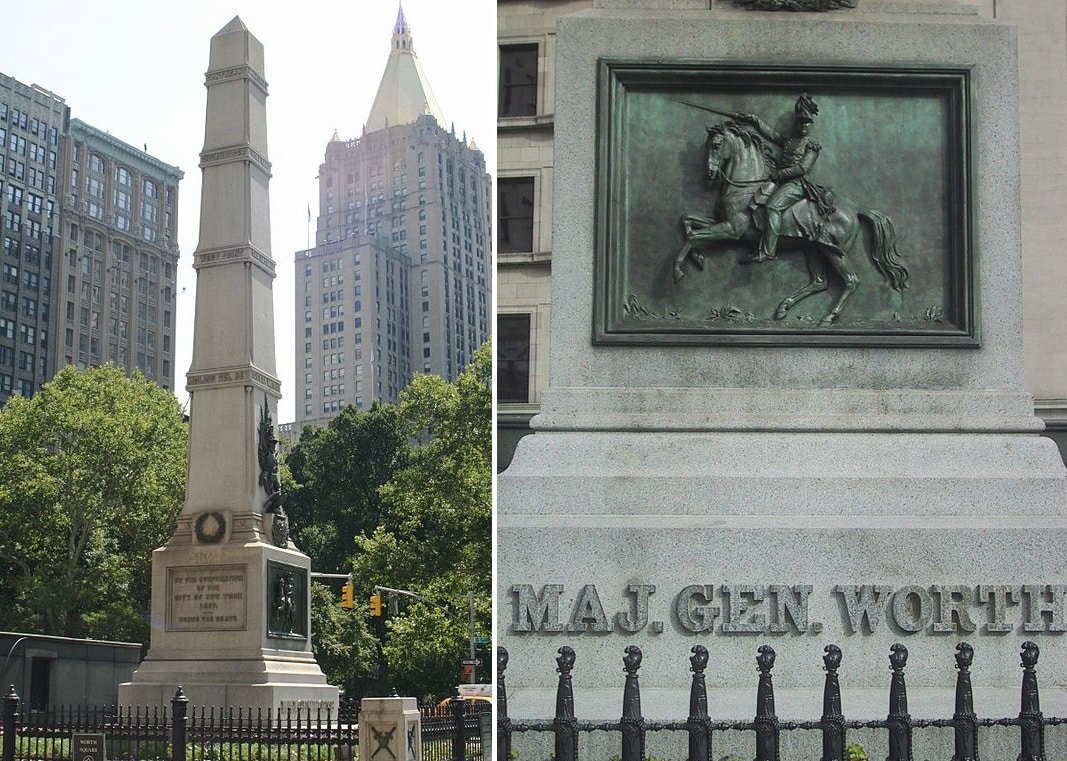 source: wikimedia
source: wikimedia
The monument to General Warta was created by James Goodwin Batterson, founder of the Travelers Insurance Company. He was also involved in the design and construction of the Capitol and Library of Congress in Washington, D.C., and the Capitol of the state of new York in Albany. The monument is a 54-foot obelisk of granite with decorative elements, tells about the career of worth.
16/ Foley Square
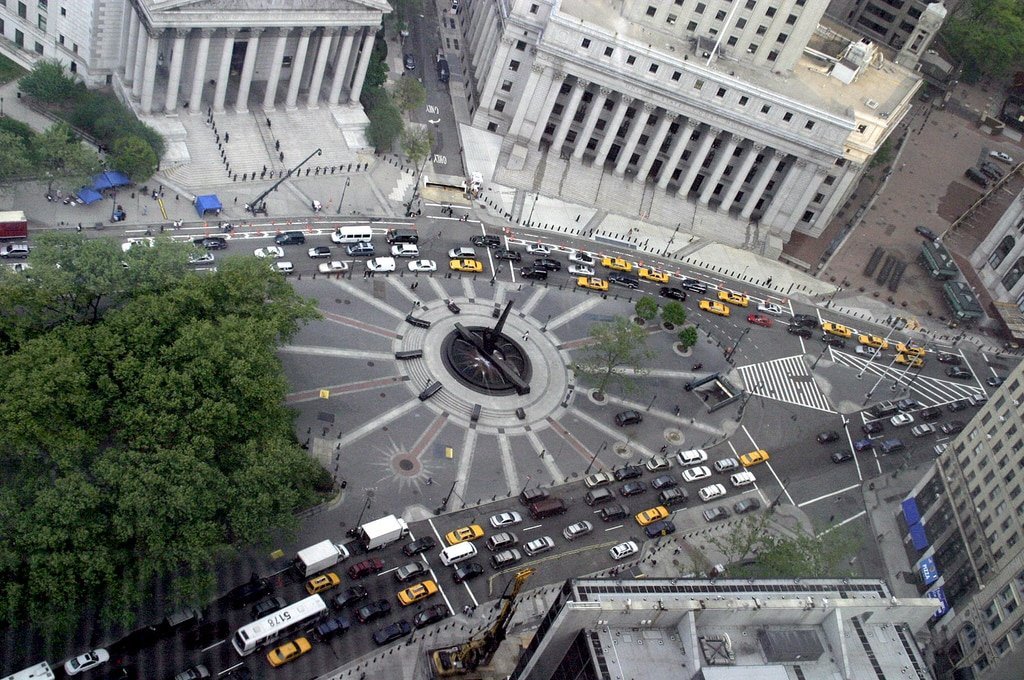 source: flickr
source: flickr
148-152 Worth St
Foley Square is located at the intersection of streets in the area dominated by public buildings. Before this place was the pond. But in 1811, he was drained, as was too dirty and had a direct relationship to outbreaks of typhoid and cholera. The area around the pond was the notorious Five Points quarter-on-quarter, inhabited by a gang.
17/ The Church Of The Transfiguration
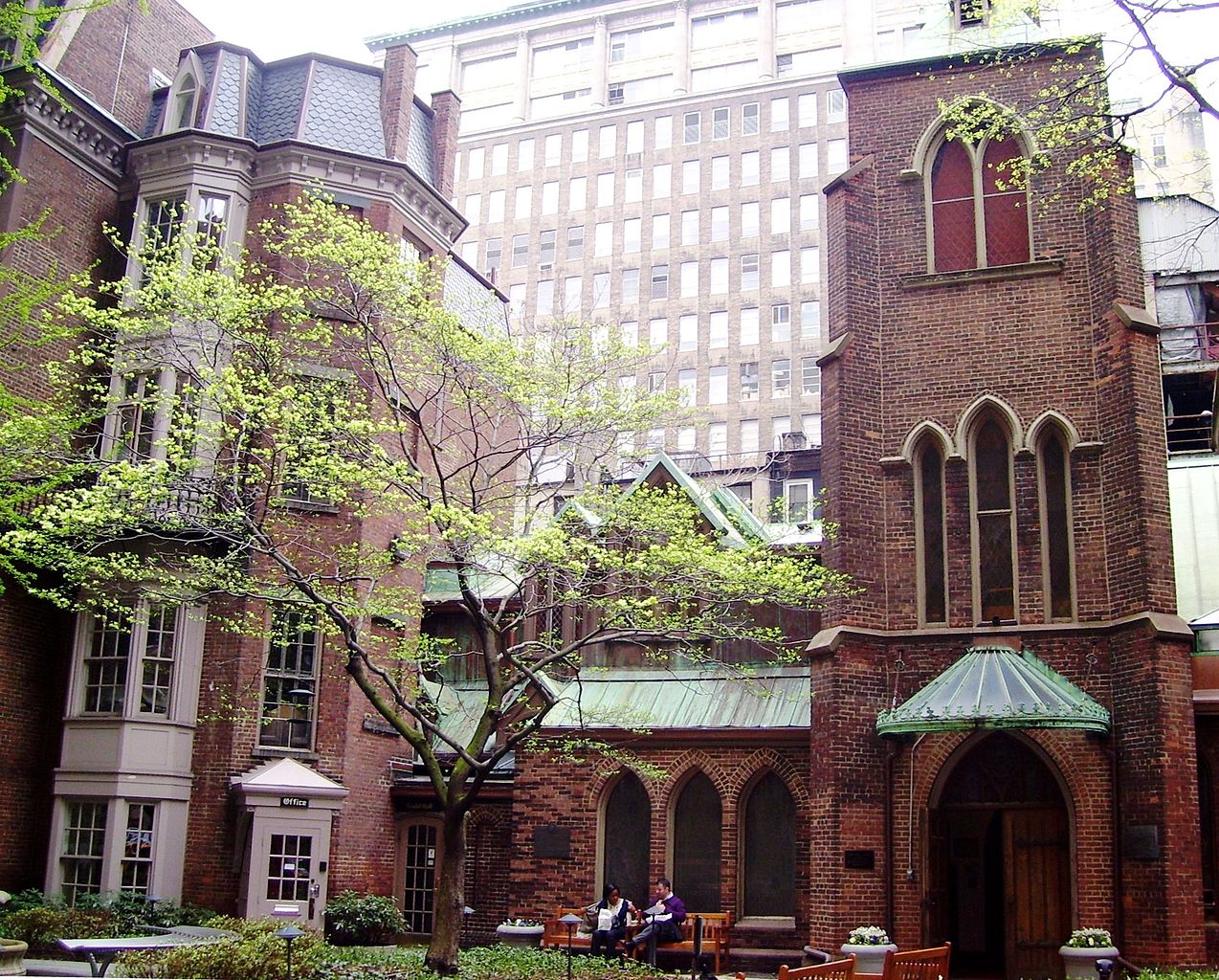 source: wikimedia
source: wikimedia
29 Mott St
This Church is also known as «the Little Church around the corner» (Little Church Around the Corner). It was designed in the style of early English Gothic, however, the architect remains unknown. English garden in the back yard of the Church is an oasis for new Yorkers who are resting in the shade of spreading trees, pray in the chapel or attend free concerts in the main building.
18/ The Five Points House of Industry
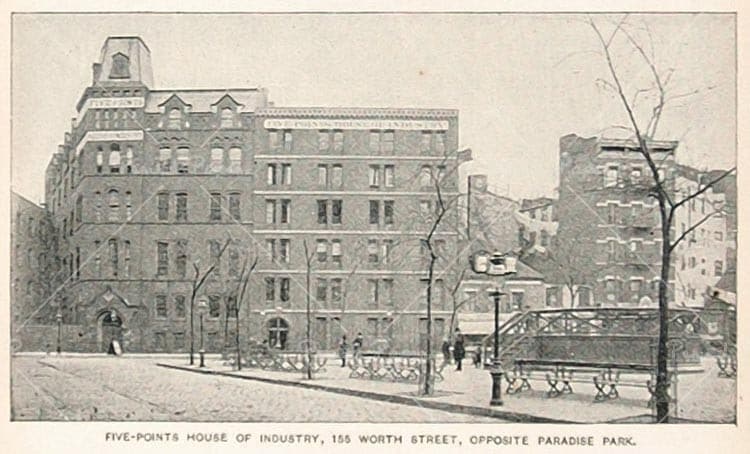 source: wikipedia
source: wikipedia
155 Worth St
The building was built in 1850. The building industry has served the public, providing education for children.
Part 1